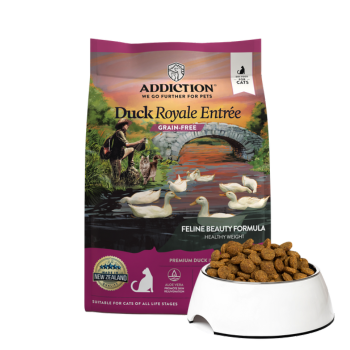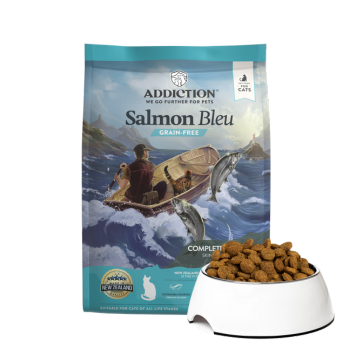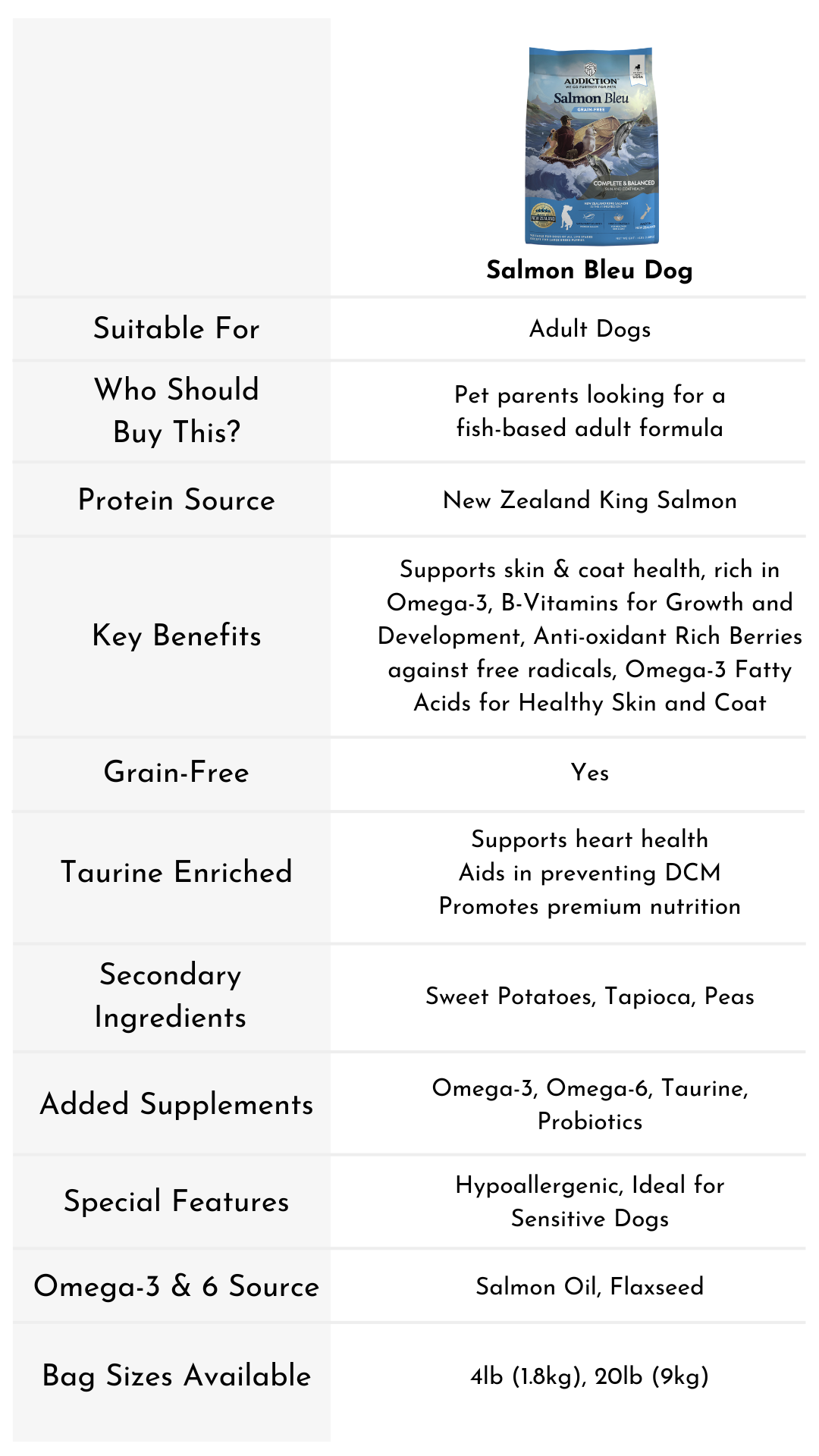No Products in the Cart
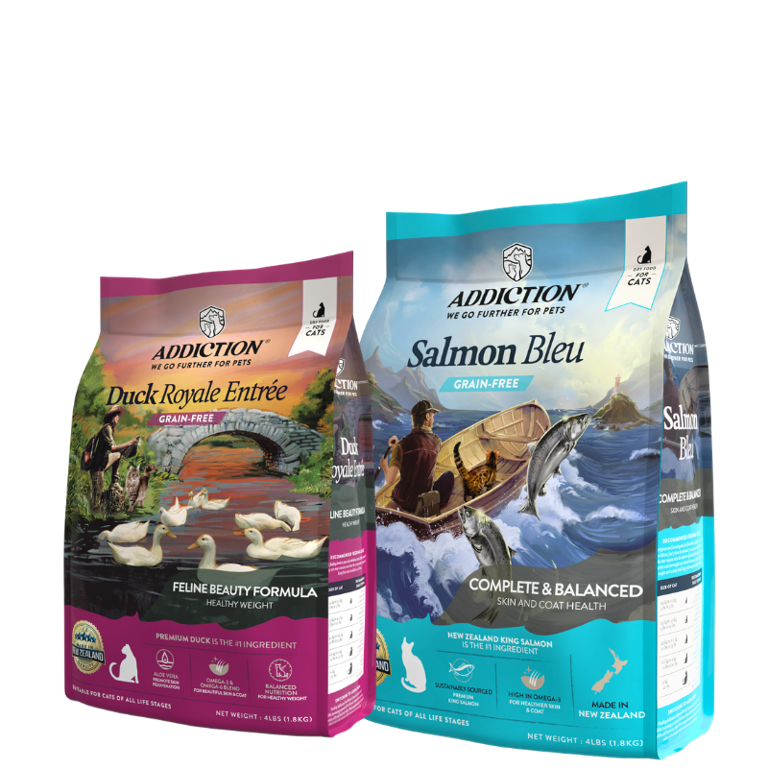
The Power of Your Cat's Skin:
Protection, Immunity, Hydration & More

Cat fur forms a sleek, flexible barrier against sharp objects, chemicals, and environmental hazards.
The skin is lined with sensitive nerves that detect heat, cold, pressure, and pain, alerting your feline friend to potential harm.
Acts as a natural defense against UV rays and chemical irritants.

A robust skin and fur barrier plays a key role in keeping infections at bay.
It supports the immune system in fighting off bacteria and parasites that could cause skin problems.
A compromised skin barrier in cats can lead to infections or allergic reactions.
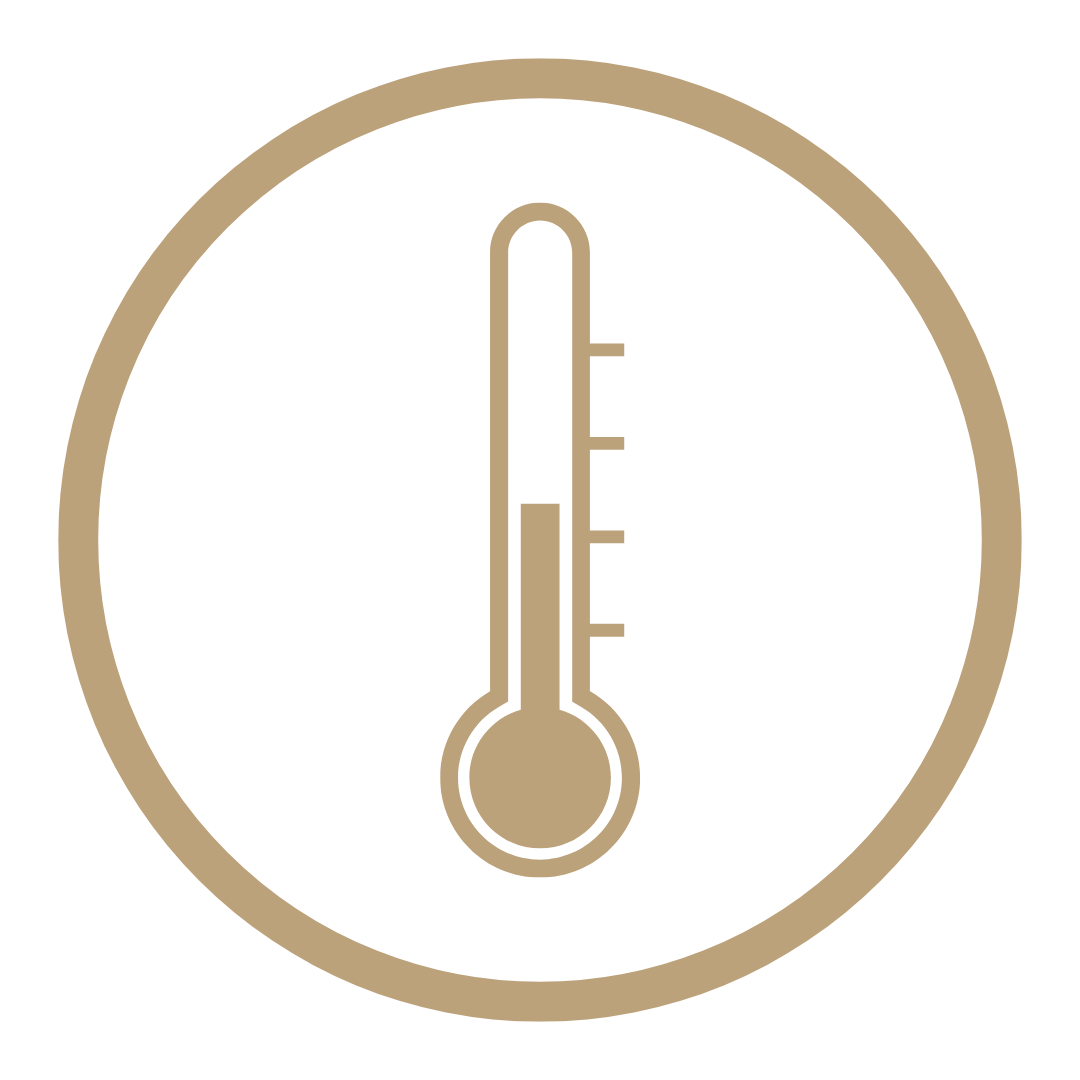
A dense, insulating coat helps cats maintain a comfortable body temperature.
The body adjusts blood flow to the skin, balancing heat retention and cooling as needed.
In colder moments, shivering generates extra warmth.

Healthy feline skin helps conserve essential moisture, crucial for overall vitality.
Although cats do have sweat glands on their paws, their fur minimizes excessive water loss.
Keeping skin hydrated supports vital metabolic and physiological functions.
Tailored Food for Healthy Skin & Shiny Coats
Healthy vs. Unhealthy cat Skin: What to Know
Dry & Flaky
Dandruff, rough texture, or excessive itching.
Red or Inflamed
Signs of irritation, rashes, or hot spots.
Bad Odor & Sores
May indicate infections, allergies, or skin disease.
Bald Spots
Patchy hair loss, often due to allergies, parasites, or underlying health issues.
Excessive Shedding
Hair loss, dull coat, or brittle fur.
Matted or Tangled Hair
Clumped fur that can cause discomfort, skin infections, and restrict movement.
Uneven Fur
Patchy or inconsistent coat texture, which may signal poor nutrition, stress, or skin conditions.
Smooth & Hydrated
Skin is soft, moisturized, and free from dandruff or irritation.
Clear & Even-Toned
Skin is free from redness, rashes, or inflammation.
Odor-Free & Clean
Skin has no foul smell or sores.
Full Coverage
No bald spots; even hair growth all over the body.
Shiny & Soft
Fur is glossy, smooth.
Tangle-Free & Manageable
Fur is easy to groom, with no knots or clumps.
Even & Thick
Coat has a consistent texture and density.

Understanding Your Cat's Skin:
Key Layers and Functions
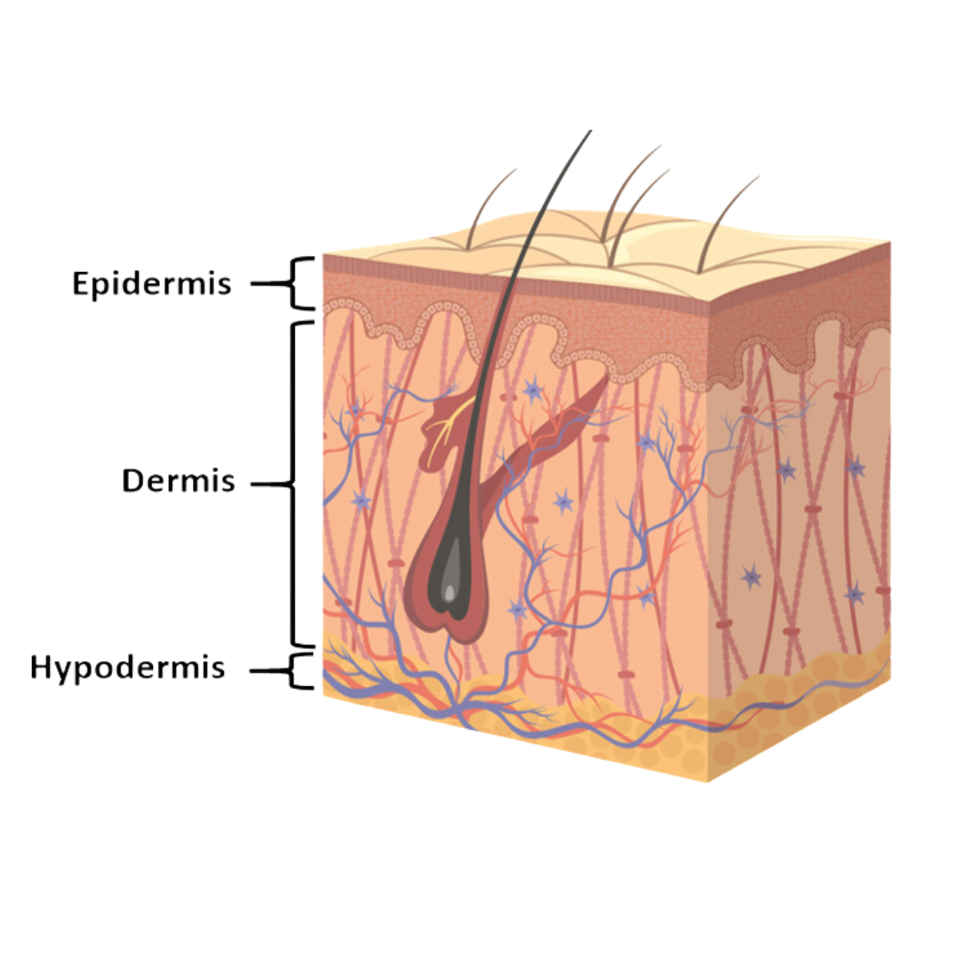
A cat's skin makes up around 12% to 15% of its total body weight. It consists of the epidermis, dermis, and hypodermis.
Epidermis (Outer Layer)
Acts as a protective barrier against irritants, bacteria, and allergens.
Unlike dogs, cats have a more flexible epidermis, allowing for greater agility but also making them prone to minor cuts and scrapes.
Regular grooming and a diet rich in omega-3 & omega-6 fatty acids support a strong, healthy barrier.
Dermis (Middle Layer)
Contains hair follicles, sebaceous glands, and blood vessels.
Cats have more hair follicles per square inch than most animals, contributing to their thick and dense coat.
Sebaceous glands secrete natural oils, which keep the coat soft, waterproof, and slightly self-cleaning.
A diet rich in animal-based proteins and essential fatty acids supports dermal health.
Hypodermis (Deepest Layer)
Made up of fat and connective tissue, providing insulation and flexibility for jumping and climbing.
Cats with poor diets or excessive weight loss may have reduced fat layers, leading to dry, brittle fur and increased sensitivity to temperature changes.
Maintaining a healthy weight and ensuring proper hydration supports this layer.
Diet & Nutrition



Parasite Prevention


Supplements

